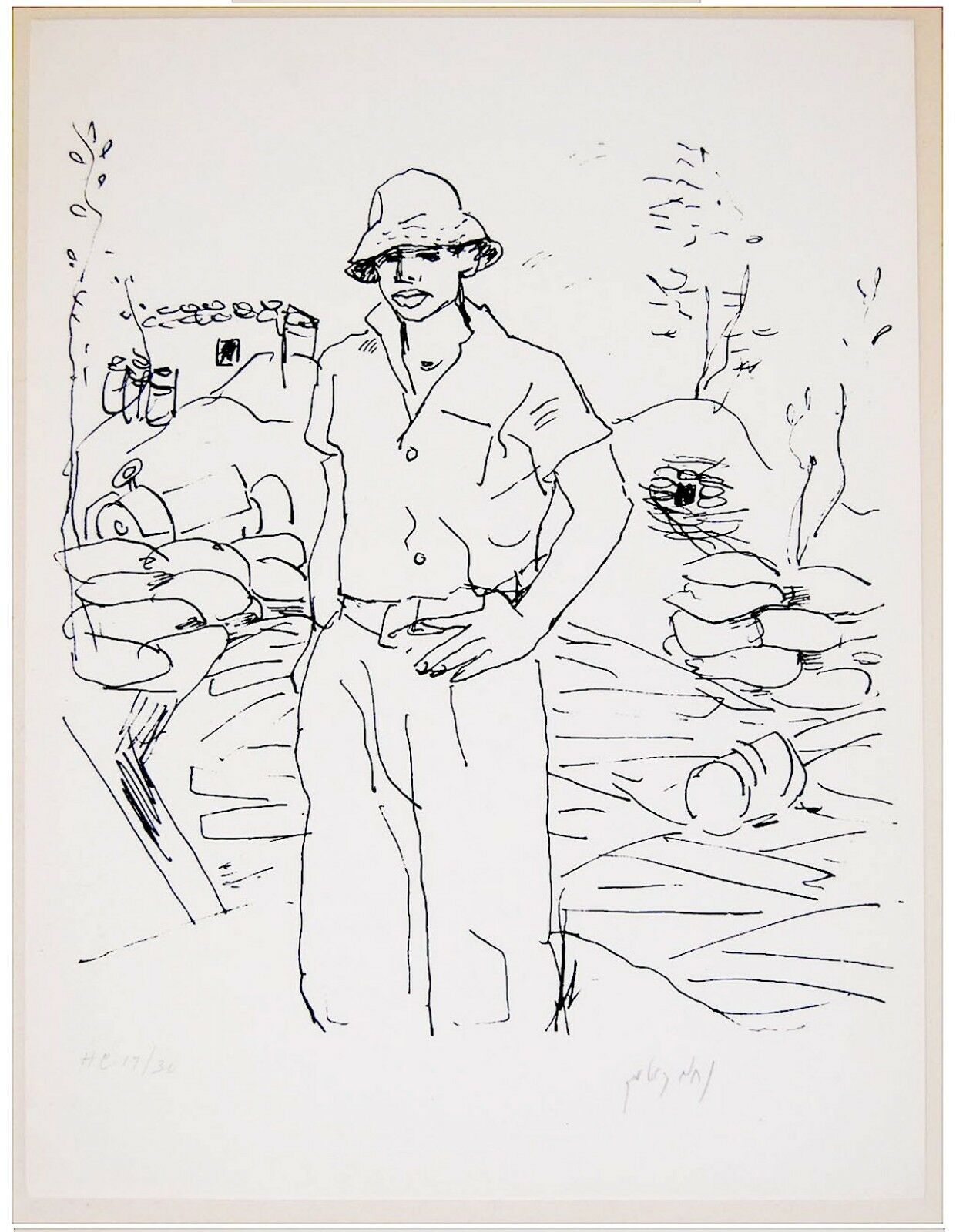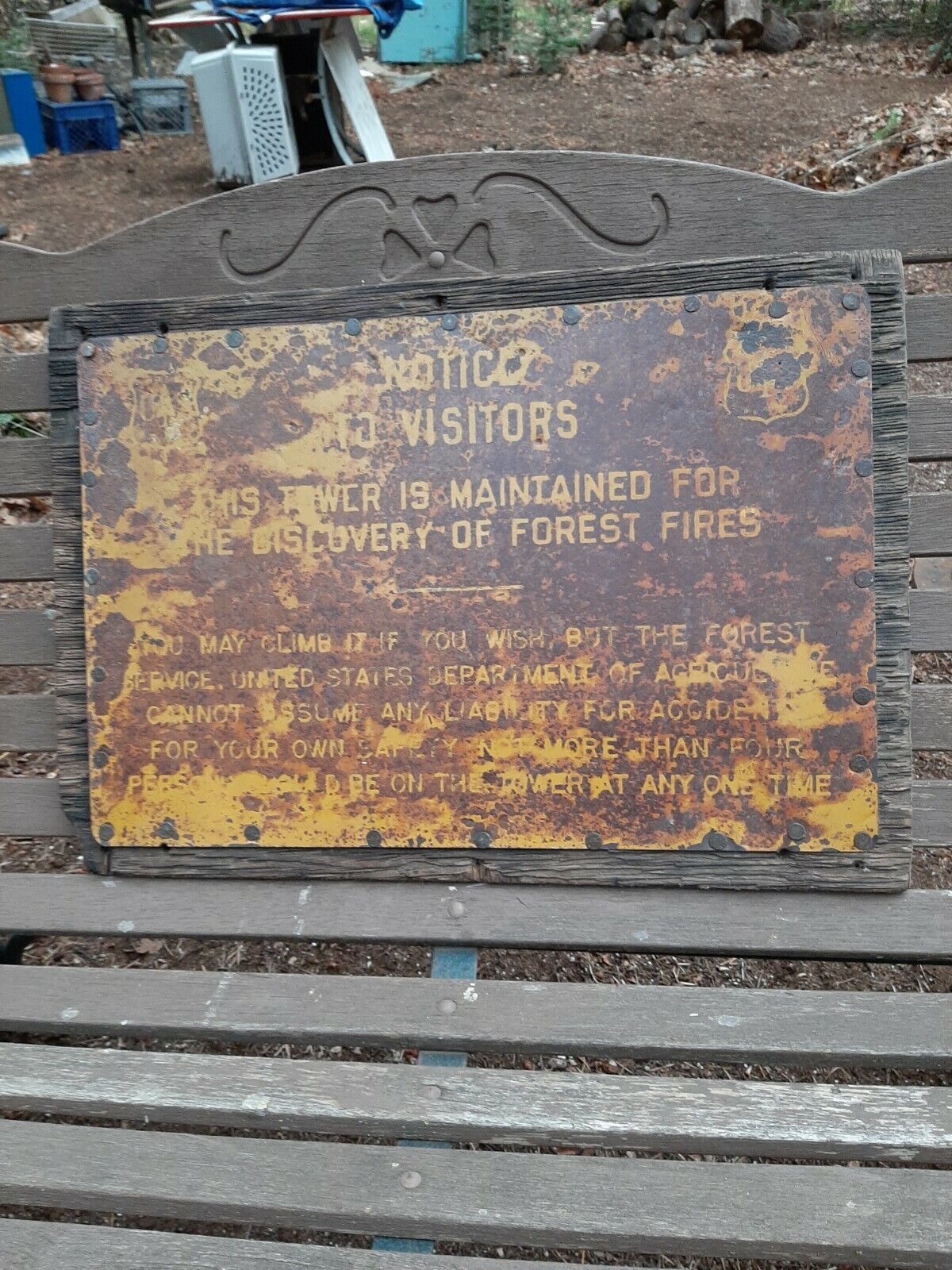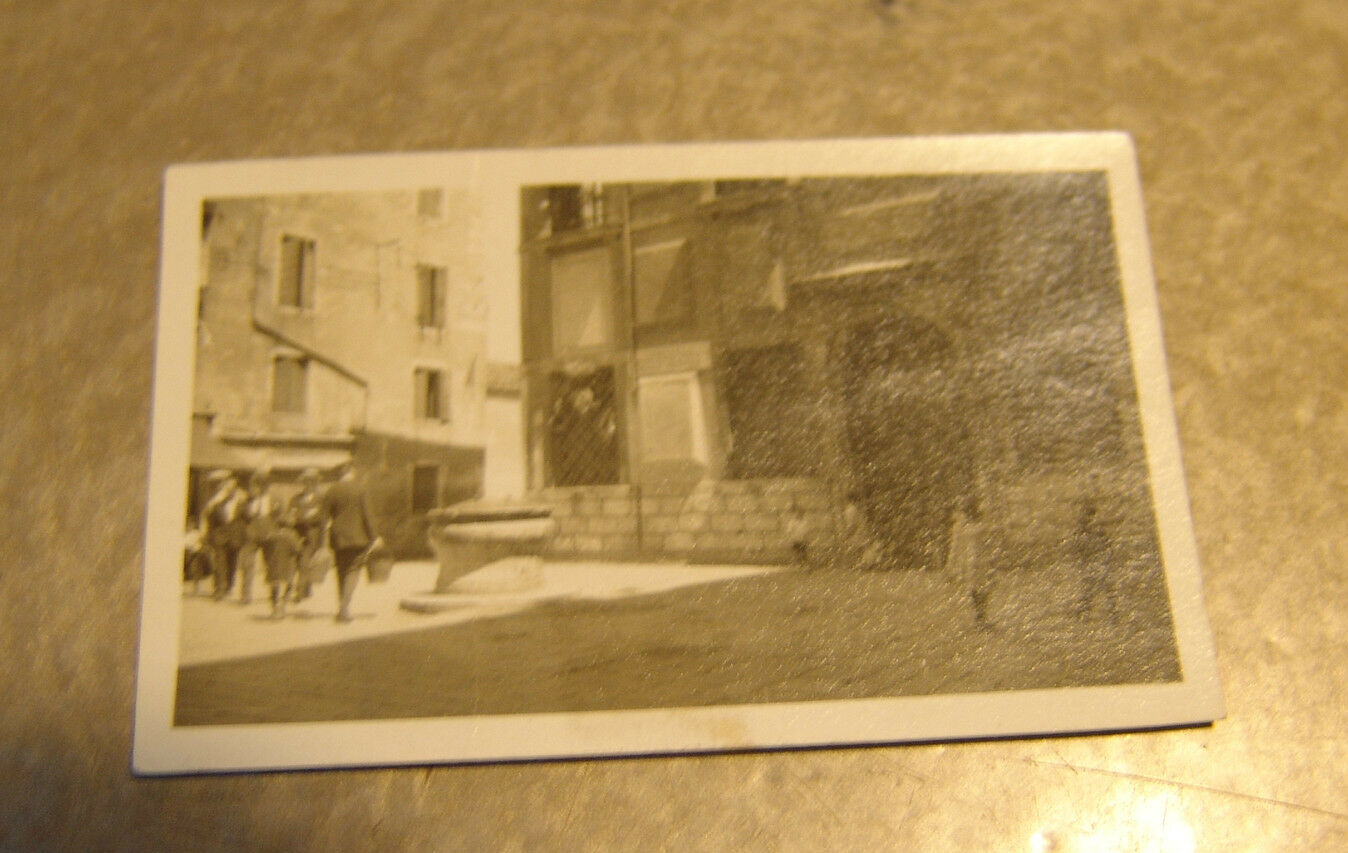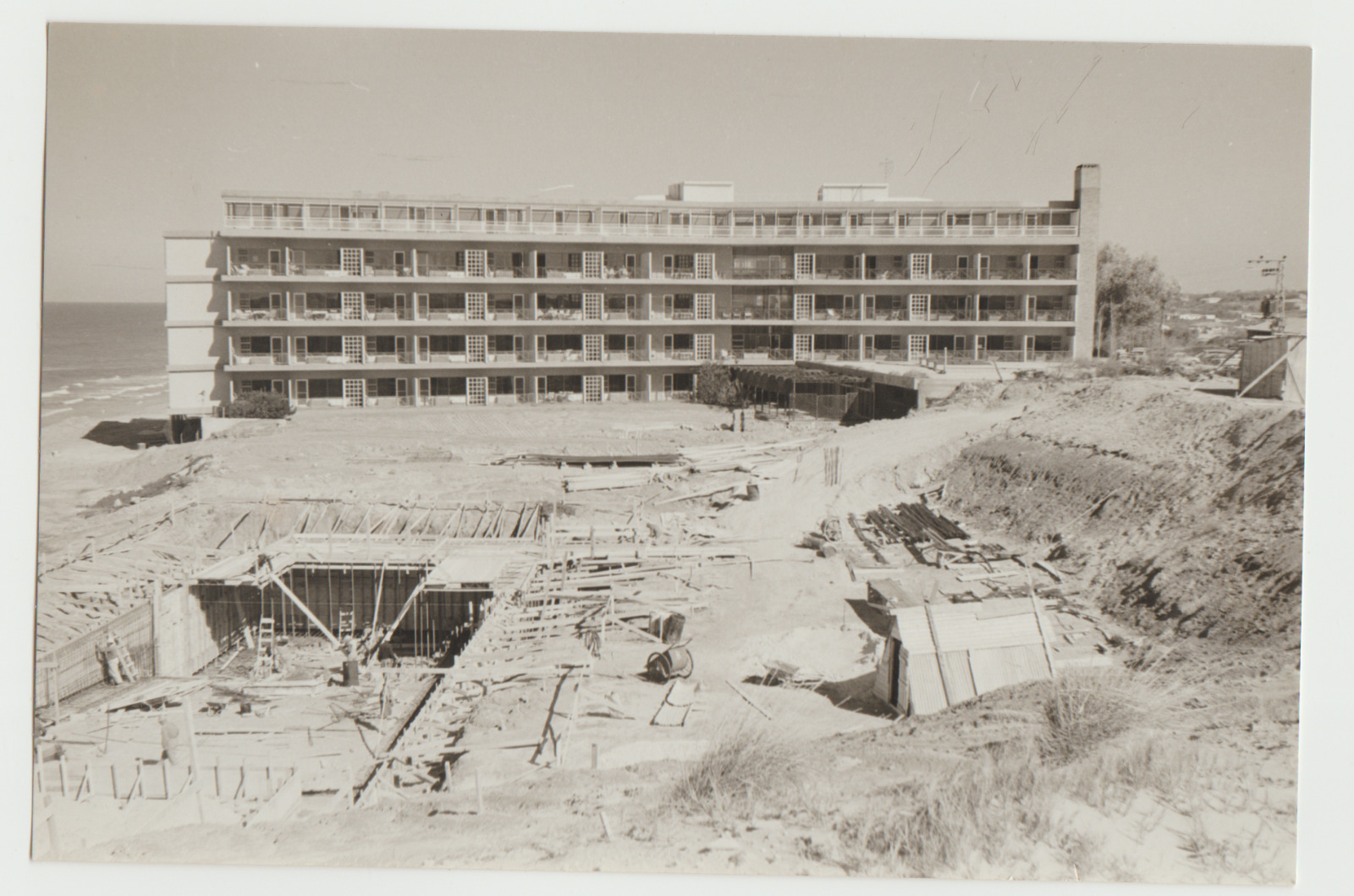-40%
HAND SIGNED Jewish LITHOGRAPH Bezalel GUTMAN Hebrew 1948 ISRAEL INDEPENDENCE WAR
$ 71.28
- Description
- Size Guide
Description
DESCRIPTION:
During the 1948 Israel WAR OF INDEPENDENCE , NACHUM GUTMAN has accompanied closely the Israeli soldiers , In battles , On the field and in daily army life , Documenting his impressions with his loving light handed drawing pen . Gutman has created a cycle of Jewish - Judaica - Israeli STONE LITHOGRAPHS based on his 1948 WAR DRAWINGS . Here for sale is one of his stone lithographs depicting a young , Almost child , Hebrew soldier , A typical Palmach warrior , Standing in his military post ( Mishlat ) .
The LITHOGRAPH is HAND SIGNED in pencil by Gutman
- "Nachum Gutman" and it is numbered "HC 17/30" ( Only 30 copies made ! ) out of a serie indicated as H.C.
Gutman's WAR illustrations were later on gathered, Only 10 years later , In 1960 , To create this UNIQUE piece of ISRAELI ART and HISTORY , The COMMEMORATIVE illustrated album " KAELE HAYU " ( SUCH THEY WERE or THEY WERE LIKE THIS ) . Printed on white extremely thick stock. Around 9.5 x 13.5" ( Not accurate ) . Excellent pristine condition. .( Pls look at scan for accurate AS IS images ) Will be sent inside a protective rigid packaging
.
AUTHENTICITY
:
This is an ORIGINAL ca late 1940's or early 1950's hand signed "NAHUM GUTMAN",. Numbered 17/30 H.C. STONE LITHOGRAPH , NOT a reproduction or a reprint , It holds a life long GUARANTEE for its AUTHENTICITY and ORIGINALITY.
PAYMENTS
:
Payment method accepted : Paypal & All credit cards .
SHIPPMENT
:
Shipp worldwide via registered airmail is $ 25 . The lithograph will be sent rolled in a special protective rigid sealed tube.
Handling around 5 days after payment.
Nachum Gutman, an Israeli painter, was born in Teleneşti, Bessarabia, (a part of the Russian Empire). In 1905 the family moved to the Land of Israel, and settled in Tel Aviv. Gutman immortalized the young city in drawings and writings. He was later designed the symbol of the city. Gutman studied art at the Bezalel Academy with Abel Pann and Ze'ev Raban. From 1920-1926 he studied art in Vienna, Berlin and Paris. In 1923 he illustrated the works of his father and thus began a long career as a children's book illustration. Upon returning to Israel he participated in exhibitions of Israeli artists in the Tower of David. He belonged, along with Reuven Rubin and Ziona Tager to the "Land of Israel Style", which focused on landscapes and images of Israel, and emphasized the bright colors and light of the country. The artists in the group believed that the Arabs in Israel closely resemble people from biblical time, and frequently painted Arab people and villages. Nachum Gutman illustrated books by Chaim Nachman Bialik, and is considered a pioneer in children's books illustration in Israel. He illustrated hundreds of books, including his own. His style is dramatic, monumental, sculptural and primitive; and shows the influence of ancient Assyrian sculpture as well as Persian miniature art. In 1931 Gutman co-founded the children's journal "Davar LaYeladim" and remained on the staff for 32 years. He had a regular spot in the journal with illustrated stories. in 1934 the Tel Aviv municipality sent him to South Africa to paint the portrait of Jan Smuts. During the War of Independence he accompanied the fighters as a military illustrator and his drawings were published in "The Negev Animals". Gutman also designed scenery for theater. In 1966 he created a large-scale mosaic depicting scenes from Tel Aviv. In 1998 The Gutman Museum of Art opened in Neve Tzedek in Tel Aviv. Gutman died in Tel Aviv on November 28, 1980. The 1948 Arab–Israeli War or the First Arab–Israeli War was fought between the State of Israel and a military coalition of Arab states and Palestinian Arab forces. This war was the second stage of the 1948 Palestine war, known in Arabic as
al-Nakba
(Arabic:
النكبة
, "The Catastrophe") and in Hebrew as the
Milkhemet Ha'atzma'ut
(Hebrew:
מלחמת העצמאות
, "War of Independence") or
Milkhemet Hashikhrur
(Hebrew:
מלחמת השחרור
"War of Liberation"). The war was preceded by a period of civil war in the territory of the Mandatory Palestine between Jewish Yishuv forces and Palestinian Arab forces in response to the UN Partition Plan. An alliance of Arab states intervened on the Palestinian side, turning the civil war into a war between sovereign states. The fighting took place mostly on the former territory of the British Mandate and for a short time also in the Sinai Peninsula and southern Lebanon. As a result of the war, the State of Israel kept nearly all the area that had been recommended by the UN General Assembly Resolution 181 and took control of almost 60% of the area allocated to the proposed Arab state, including the Jaffa, Lydda and Ramle area, Galilee, some parts of the Negev, a wide strip along the Tel-Aviv-Jerusalem road, West Jerusalem, and some territories in the West Bank. Transjordan took control of the remainder of the West Bank and East-Jerusalem, and the Egyptian military took control of the Gaza Strip. No Arab Palestinian state was created. Armistice agreements were signed between all belligerents except Iraqis and Palestinians. Important demographic changes occurred in the country. Between 600,000 and 760,000 Palestinian Arabs fled or were expelled from the area that became Israel and they became Palestinian refugees. The war and the creation of Israel also triggered the Jewish exodus from Arab lands. In the three years following the war, about 700,000 Jews immigrated to Israel, residing mainly along the borders of the State.
Bezalel Academy of Arts and Design is Israel's national school of art, founded in 1906 by Boris Schatz. It is named for the Biblical figure Bezalel, son of Uri (Hebrew:), who was appointed by Moses to oversee the design and construction of the Tabernacle (Exodus 35:30). The Bezalel School was founded in 1906 by Boris Schatz. Theodor Herzl and the early Zionists believed in the creation of a national style of art blending classical Jewish/Middle Eastern and European traditions. The teachers of Bezalel developed a distinctive school of art, known as the Bezalel school, which portrayed Biblical and Zionist subjects in a style influenced by the European jugendstil (art nouveau) and traditional Persian and Syrian art. The artists blended
"varied strands of surroundings, tradition and innovation,"
in paintings and craft objects that invokes
"biblical themes, Islamic design and European traditions,"
in their effort to
"carve out a distinctive style of Jewish art"
for the new nation they intended to build in the ancient Jewish homeland.
The Bezalel School produced decorative art objects in a wide range of media: silver, leather, wood, brass and fabric. While the artists and designers were Western-trained, the craftsmen were often members of the Yemenite Jewish community, which has a long tradition of working in precious metals. Silver and goldsmithing had been traditional Jewish occupations in Yemen. Yemenite immigrants were also frequent subjects of Bezalel school artists. Leading artists of the school include Meir Gur Aryeh, Ze'ev Raban, Shmuel Ben David, Ya'ackov Ben-Dov, Ze'ev Ben-Tzvi, Jacob Eisenberg, Jacob Pins, Jacob Steinhardt, and Hermann Struck In 1912, the school had only one female student, Marousia (Miriam) Nissenholtz, who used the pseudonym Chad Gadya.The school closed down in 1929 in the wake of economic difficulties, but reopened in 1935, attracting many teachers and students from Germany, many of them from the Bauhaus school shut down by the Nazis. ebay1512













